Finally we see Pluto
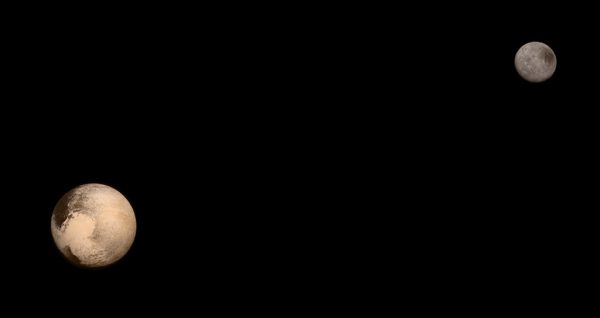
Nothing but net! That’s how it went down last night with New Horizons fly-by of Pluto.
After 9 years and 4.72 billion kilometres (enough for 32 trips from the earth to the Sun), New Horizons made the long journey performing flawlessly apart from a small hiccup on the 4th of July when it went into safe mode after the team uploaded too much data at on time.
To put what NASA did into perspective, imagine sinking a three point shot when you’re in Perth and the Basket is in Sydney.
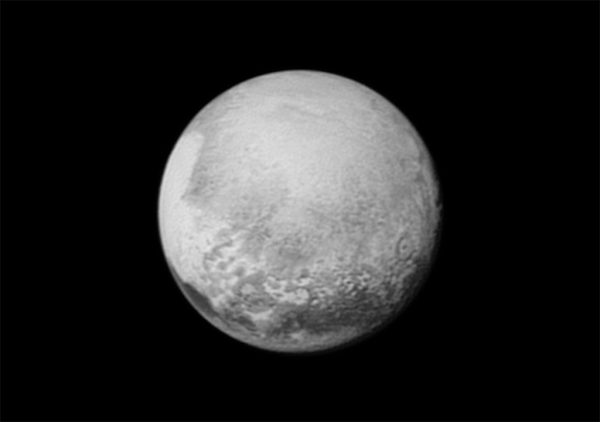
That’s how hard it is to get to Pluto. And to prove NASA is the king of PR they released the last image which happened to be in high-res before the spacecraft turned its radio dish towards Pluto and away from Earth so the spacecraft can perform its experiments.
In the photo you can l clearly see a heart shape feature on the equator of Pluto which is likely to be made up of frozen nitrogen ice. The dark region which came as a complete surprise to scientists according to Bill McKinnon mission scientist, is actually the southern hemisphere and is likely to be either a mountainous region or dark organic material (Scientist speak for dirt).
In the media briefing an hour after the closest approach, Principal Investigator Alan Stern and Mission Operations Manager Alice Bowmen were both ecstatic with the performance of the mission so far as well as the mission staff who for some, have been working on the mission from day one.
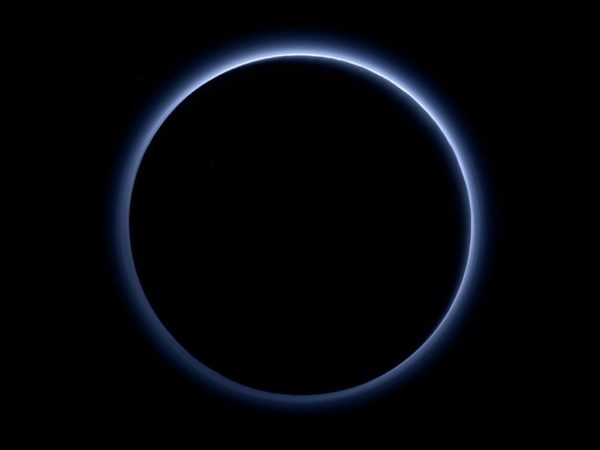
Stern also said that the scientists are waiting for the high-res images and data from the spacecraft instruments so they can truly determine the geography of Pluto, but for now they can clearly see a young surface with signs for fresh snow cover and a history of impacts.
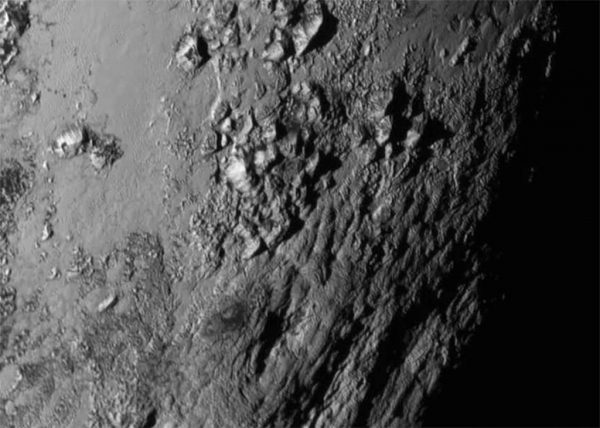
When asked about what could be causing Pluto’s surface to so appear young, Stern speculated that it could be Pluto’s atmosphere or that Pluto’s core is still active and causing geysers on the surface.
So what now you might be asking? Well by the time you read this NASA will either have received a message back from New Horizons or not by about 9 am AWST. If it doesn’t, well there are going to be a lot of NASA, Applied Physics Laboratory and Southwest Research Institute staff sweating profusely, trying every viable solution to regain communications with politicians calling for enquiries and heads to roll as 99% of the data and images is still on the spacecraft.
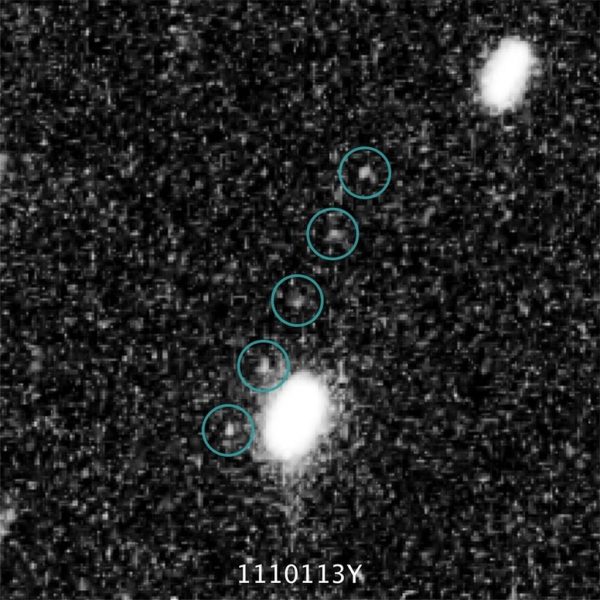
If New Horizons does report home then pop the champagne bottles and wait for the high res images to start coming through on Wednesday night/Thursday morning. These high res images and the most important data will be sent back over the next coming weeks, with the spacecraft then sending the rest of the images and data that has less importance at slower speeds until it’s all sent back around this time next year.
After that the New Horizons will continue onto the Kuiper Belt, a journey that will take 3 years to study Kuiper Belt Objects picked out by the New Horizons team with help from the Hubble Space Telescope and then towards interstellar space for the next 20 years.
Originally posted as a TweetPerth article: Pluto – New Horizons Historic Fly-By – Analysis by Perth Observatory





